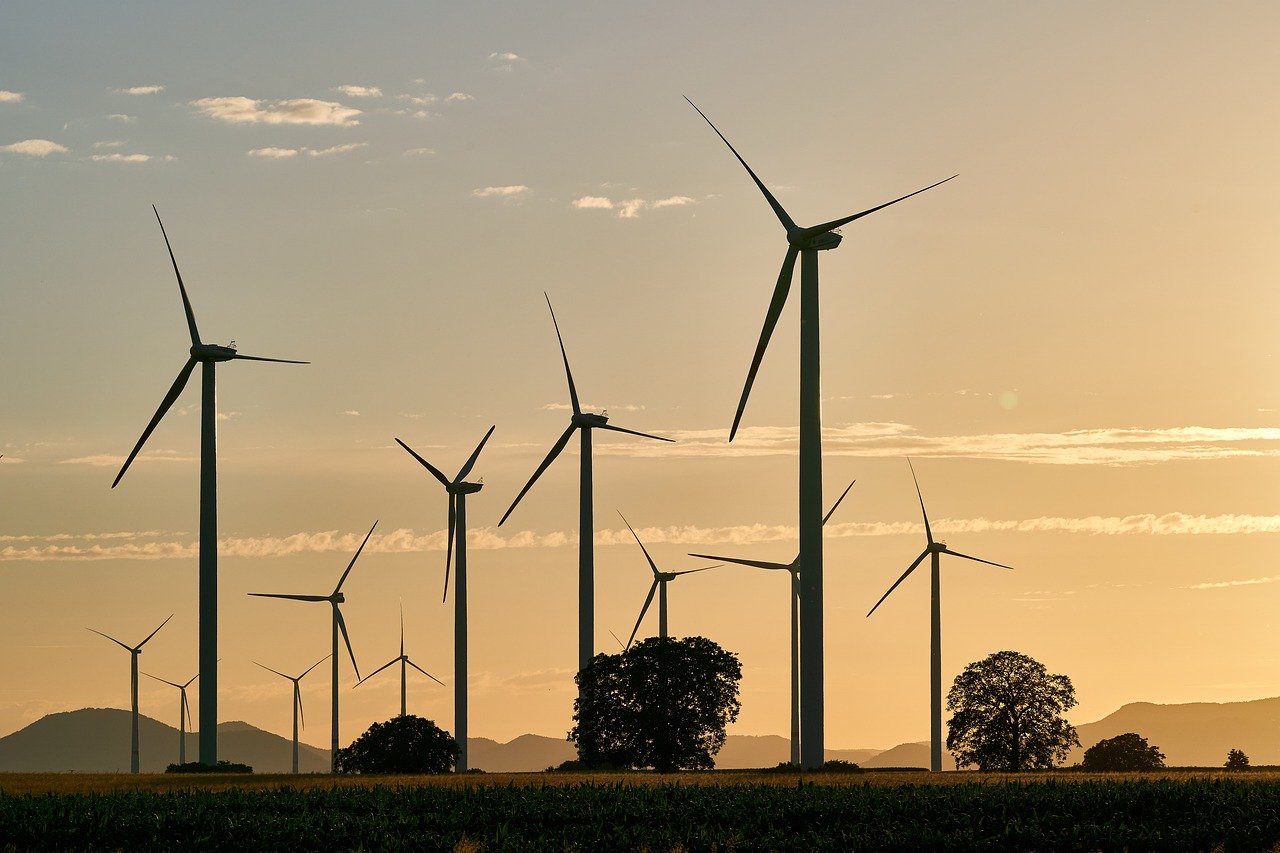the decentralized future of energy
CENTRALIZED UTILITIES – CONSTRAINING ECONOMIC GROWTH
Existing centralized energy infrastructure in emerging market economies are characterized by significant challenges including:
– Ageing and poorly maintained generation and transmission assets
– Low availability and hence low security of supply and high levels of load-shedding
– Bloated cost base resulting in increasingly expensive power production costs with a high fixed or sunken cost component
– High level of debt and associated debt servicing costs
– Almost completely fossil fuel driven with high emissions of carbon and other noxious gases
– Poor levels of accessibility to power for large segments of the population
– Energy demand far outstrips available supply, exacerbated by economic and population growth
– Local financial and commercial banking sectors incapable of adequately supporting energy infrastructure growth
– High growth, resource rich areas and projects are often isolated from the main electricity supply network
The Inevitable Drive to Decentralization
– Just as miniaturization of processing power fueled the drive to decentralization in the IT and Telecommunication industries so too is the miniaturization of power generation plants fundamentally changing the energy industry
– It is now possible for small scale embedded generation plants to produce power at a rate that is cheaper then large scale utility plants
– Research and development expenditure in new generation technology is focussed primarily on decentralized power production, further strengthening the role of decentralization over grid based utility power
– For businesses and governments, the choice is clear, distributed power generation provides the most flexible, cost effective and future proof path to energy independence

